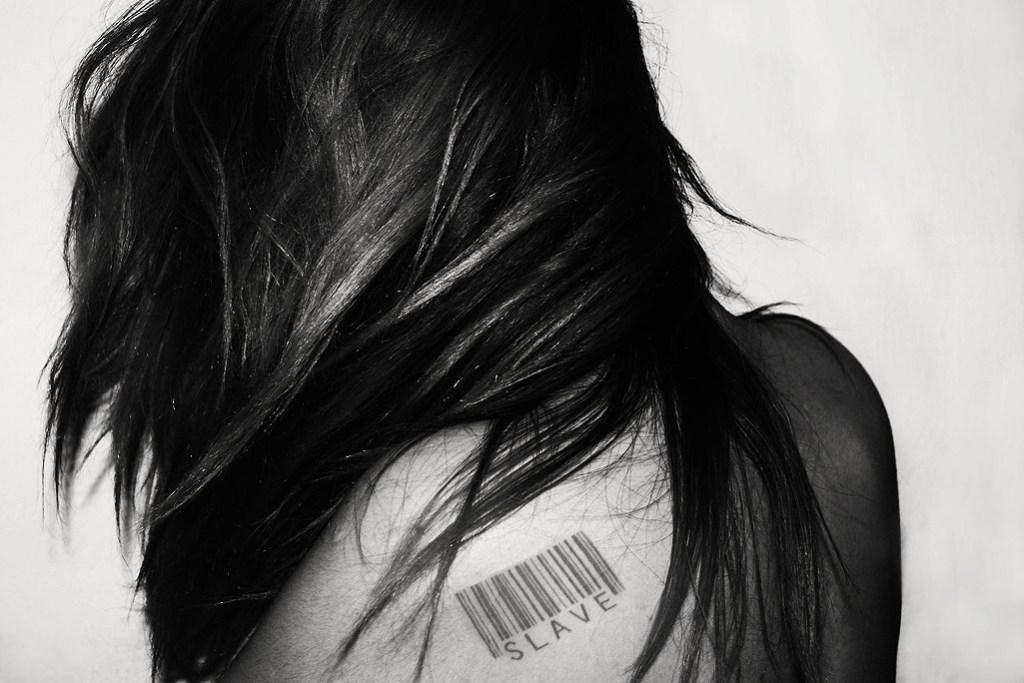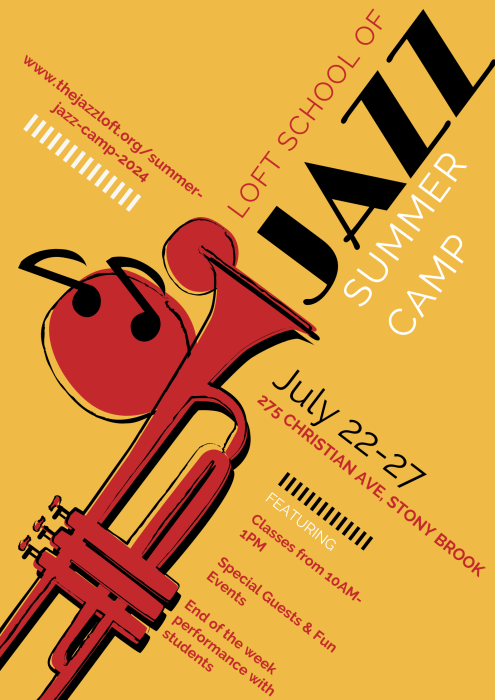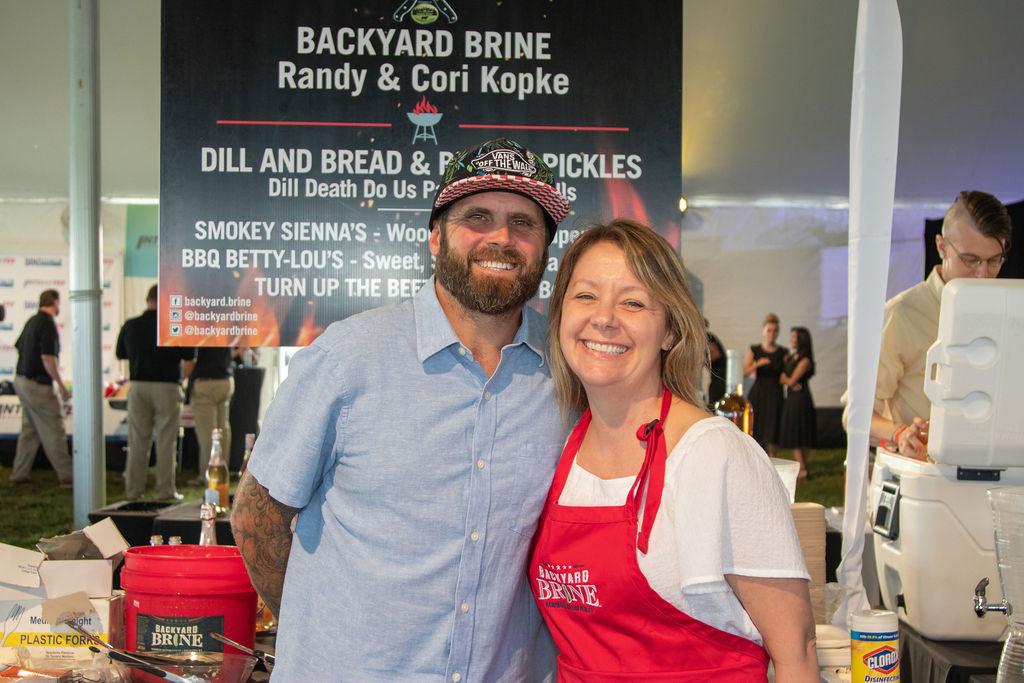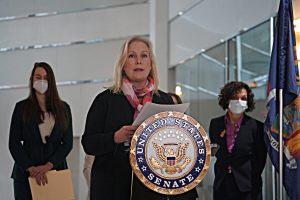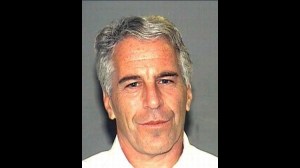Slavery impacted every community of Long Island until New York State formally abolished the practice in 1827, historians say. But a different form of slavery exists on Long Island today — often under the radar.
The region is among the top 20 jurisdictions nationwide impacted by human trafficking in the nation, according to the U.S. Department of Justice. This form of modern-day slavery operates in the shadows of LI’s well-performing school districts and world-renowned beach communities, with victims often too scared to seek help.
“We need a societal shift,” says Keith Scott, director of education at the The Safe Center LI, one of several nonprofits in Nassau and Suffolk counties that help rescued survivors get back on their feet. “We really need to make people understand the problem is here in all our communities, whether affluent or socioeconomically disadvantaged.”
Human trafficking is defined as sexual exploitation or labor acts induced by force, fraud, or coercion. Numerous sex trafficking cases have made headlines on LI in recent years and a Muttontown couple was convicted of labor trafficking their nannies in 2007.
More than 120 human trafficking survivors — 85 in Suffolk and 35 in Nassau — have been rescused between 2009 and 2019, according to the New York State Office of Temporary and Disability Assistance. Of those, 73 were sex trafficking survivors, 31 were labor trafficking victims, and 16 experienced both forms of exploitation. That’s out of 1,539 rescued statewide since 2008, with last year seeing the second largest annual since total since 2016 with 288.
Between 2008 and mid-December, local authorities made 56 human trafficking arrests — 24 in Nassau and 31 in Suffolk, the majority being sex trafficking cases, with just one labor trafficking case, according to the state Division of Criminal Justice Services. In the same timeframe there were 737 such arrests statewide. Those numbers don’t include busts by federal authorities.
Many human trafficking victims are involved in the sex trade as a result of drug addiction, experts say. Traffickers in both counties come in two varieties: gang members with organizations such as the Bloods, Crips, and MS-13; and smaller rings run by independent perpetrators.
There has been progress in combatting the human trafficking crisis locally. The FBI has had a Long Island Human Trafficking Task Force dedicated to investigating the issue for years. And in 2013, New York State mandated that all counties within the state create a court dedicated to dealing with the complex issue of human trafficking.
Related Story: Inside The Hidden World of Sex trafficking on Long Island
“Traffickers will get victims addicted and keep them addicted to drugs to keep them in prostitution,” says Laura Ahearn, executive director of The Crime Victims Center – Parents for Megan’s Law, who helped Suffolk organize its first human trafficking court.
Victims are often branded with tattoos by their traffickers and they are held without access to cell phones or any connection to families. The Suffolk County Department of Health Services issued a list for all healthcare professionals to help identify victims of sex trafficking. That list includes forms of branding or tattoos that say, “Daddy,” “Property of …,” “For sale,” etc.
Healthcare professionals are also warned to look for signs of physical abuse or unexplained injuries such as burns and signs of torture. Long Island’s trafficking court judges see women who were beaten and starved.Victims are held captive by traffickers who control every aspect of their lives from shelter to food, drugs, and clothing. For many human trafficking victims, the only out they have is when they are arrested for prostitution and come before a human trafficking court judge in Nassau or Suffolk county.
That’s where agencies like Scott’s and Ahearn’s step in.
“Each of the agencies has caseworkers; we are the ones to decide which advocates we assign to human trafficking court,” says Ahearn.
She says different advocacy agencies rotate and are staffed in the court to provide various reintegration services such as addiction treatment, mental health services, housing, and vocational training.
The Safe Center LI offers an array of services for Nassau victims in partnership with Nassau County’s Safe Harbour Project. It is a multisystem strategy to enhance the identification, protection and services for victims of human trafficking or commercial sexual exploitation for those aged 23 and younger. They work to shift perceptions of individuals arrested for prostitution from a criminal-based perspective to a victim-centered approach.
All agencies say the task of getting victims out of the lifestyle is enormously difficult. The women don’t identify as prostitutes; they say things like they “have an arrangement with” or they are “the girlfriend of,” or “work for” their captor, experts say. The added obstacles include the effects of long-term drug addiction and homelessness. Another major gap is comprehensive mental health assessments in the court.
“The courts actually need to employ a mental healthcare provider, to have one on staff,” Ahearn says. “It’s also challenging for human trafficking victims when they are in court and the front room is open, especially when gangs are involved.”
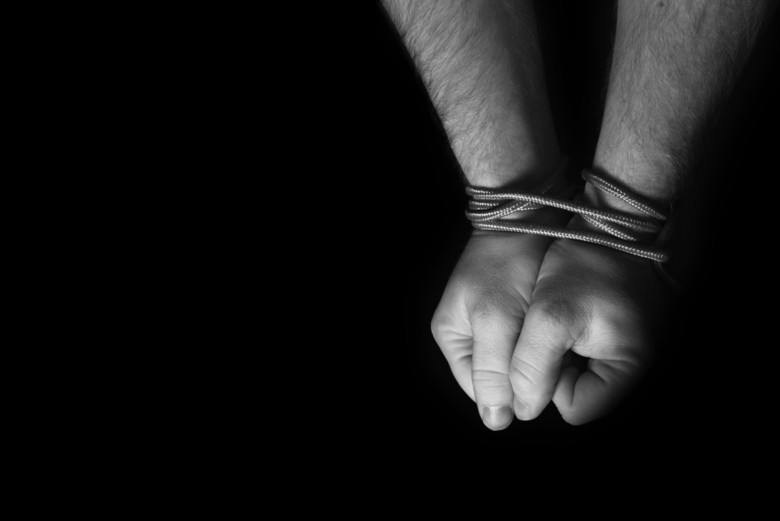
Their captors often drive them and accompany them to court, which proves intimidating.
Victims are recruited in a myriad of ways, including social media.
“They pose as young people and prey on young girls who are looking for love. Someone comes in as Prince Charming and they use brainwashing tactics,” Scott says.
He adds that many victims are already addicted, but The Safe Center LI has treated victims who were never addicted in their life who were trafficked.
“Traffickers also recruit at various locations like a women’s shelter or a homeless shelter,” says Ahearn.
She also confirms that traffickers may build a relationship with a victim online through social media or advertise fake or deceptive job opportunities.
In 2018, Suffolk District Attorney Timothy Sini and the Suffolk County Police Department joined forces with the FBI and launched the Human Trafficking Investigation Unit to help combat the problem. Its primary purpose is to both investigate and prosecute human traffickers. However, it is a multiagency effort to combat human trafficking by partnering with victims’ service organizations like Scott’s and Ahearn’s to connect victims to resources.
Services are made available after a victim of trafficking is arrested for prostitution and then diverted into human trafficking court. The charges are dismissed if they have successful completion of the program.
Scott and Ahearn agree that this heinous industry feeding off Long Island teens and young women must end, and prevention is critical. Both agency heads go to local schools to raise awareness.
“We do programs anywhere from 40 minutes to two hours and speak to parents or children,” he says.
Related Story: Human Trafficking on Long Island
Scott notes that he’s gotten pushback about the conversation of human trafficking, but says parents need to get on board because this is a real problem.
“We have slavery on Long Island and people want to ignore it,” he says.
Ahearn’s agency has gone into every school district in both Nassau and Suffolk. Their reach is wide, educating more than 200,000 students on various topics such as cyber safety and preventing childhood sexual abuse.
“We talk a lot about being manipulated by adults, but we are taking it one step further in high school programs, in our cyber safety course for teens and adults. And we do discuss human trafficking in the context of traffickers using social media to recruit potential victims,” she says.
As January is National Slavery and Human Trafficking Prevention Month, this is a hot topic at the moment. The Safe Center LI hosted a human trafficking conference on Jan. 10, “Sold on Long Island.” Stakeholders from the private and governmental sector gathered to discuss the crisis and present new solutions.
Ahearn says one of those solutions is safe housing. Victims in Suffolk are generally housed at domestic violence shelters, but they need their own space, she adds.”
Since domestic violence shelter providers maintain concern that traffickers may try to recruit vulnerable shelter residents, specialized secure housing for victims is needed,” she says. “In addition, since human trafficking victims are such a unique population, the staff providing comprehensive services must be highly skilled and trained.”
The good news for Nassau victims is that The Safe Center LI does have dedicated beds at a safe house with specifically trained staff and a comprehensive therapeutic program.
Akin to the opioid crisis that fueled the human trafficking crisis on Long Island, experts say the solution needs to be threefold: treatment, enforcement, and awareness — because the public cannot help solve a problem it doesn’t know exists.



